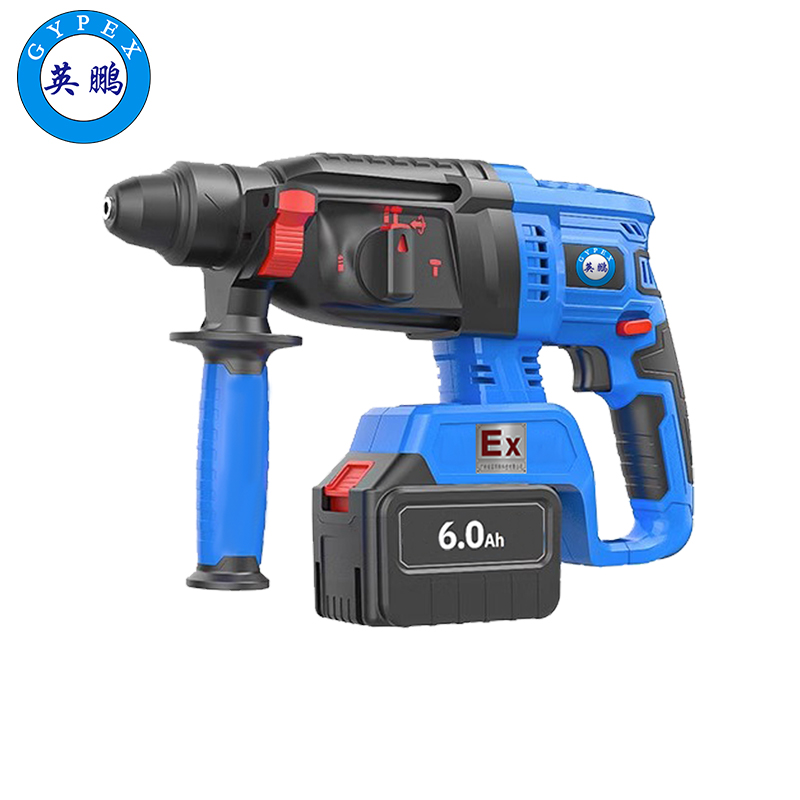Dynamic news
2024-06-21 09:36:43
264
动态新闻
What are brushless motors and brushed motors?
1. Brushless motors: mechatronic products consisting of a motor body and a driver.
2. Brushed motors: rotary motors that contain brush devices that convert electrical energy into mechanical energy or mechanical energy into electrical energy.
Differences between brushless motors and brushed motors
1. Service life Brushless motors: usually have a service life of tens of thousands of hours, but the service life of brushless motors varies greatly due to different bearings. Brushed motors: usually have a continuous working life of hundreds to more than 1,000 hours. When the use limit is reached, the carbon brushes need to be replaced, otherwise it is easy to cause bearing wear.
2. Energy consumption Brushless motors consume less power, which is only one-third of that of brushed motors.
3. Noise Brushless motors are very quiet and stable when running because they have no carbon brushes. Brushed motors are easy to damage because of the noise of brushes.
4. Price The lack of carbon brushes in brushless motors means that additional controllers are required, which is costly and expensive. Brushed motors are relatively cheap.
5. Use effect Brushless motor: usually digital frequency conversion control, strong controllability, from a few revolutions per minute to tens of thousands of revolutions per minute can be easily achieved. Brushed motor: brushless motor generally has a constant working speed after starting, and speed regulation is not very easy. Series-excited motors can also reach 20,000 revolutions per second, but the service life will be relatively short.

Differences between brushless motors and brushed motors
1. When the brushed motor is working, the coil and commutator rotate, the magnet and carbon brush do not rotate, and the alternating change of the coil current direction is completed by the commutator and brushes that rotate with the motor. In the electric vehicle industry, brushed motors are divided into high-speed brushed motors and low-speed brushed motors. There are many differences between brushed motors and brushless motors. From the name, it can be seen that brushed motors have carbon brushes, and brushless motors do not have carbon brushes. 2. Brushless DC motors are composed of a motor body and a driver, and are a typical mechatronics product. Since brushless DC motors are operated in an automatic manner, they will not have additional starting windings on the rotor like synchronous motors that start under heavy load under variable frequency speed regulation, nor will they produce oscillations and loss of steps when the load changes suddenly.
3. Brushed motors are traditional products with relatively stable performance. Brushless motors are upgraded products with better life performance than brushed motors. However, their control circuits are relatively complex, and the requirements for aging screening of components are relatively strict. Although the motor has a long life, the control circuit is prone to malfunction. Therefore, the selection of brushless motors must undergo strict reliability tests to ensure quality. However, with the continuous upgrading of technology, brushless motor technology has become quite mature.
4. In the actual production process, since brushed DC motors are high-speed motors, the gear teeth are very small and easy to wear, but they have strong power and climbing ability. The brushless DC motor saves the trouble of changing carbon brushes for two or three years during use.